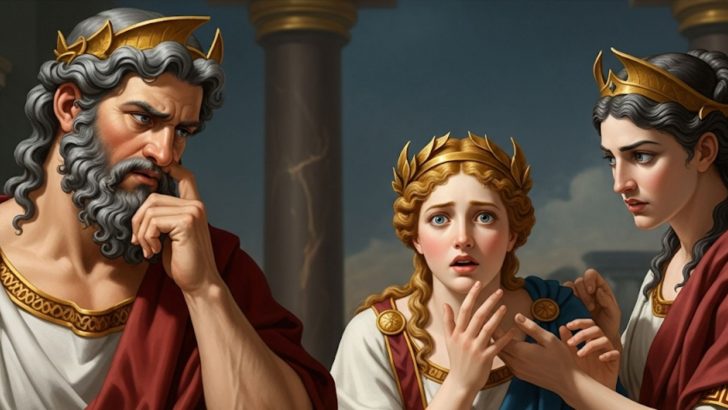Love triangles aren’t just the stuff of soap operas or young adult novels. They were everywhere in ancient myths. Gods, goddesses, mortals, and even monsters seemed to get tangled in messy webs of affection, jealousy, and betrayal.
But why were these love triangles so common? The answer lies in how myths reflect human desires, fears, and values.
So the next time you binge a show full of love triangles, just remember: the Greeks were doing it first, and they did it with gods, heroes, and entire empires hanging in the balance.
Let’s take a playful dive into ten reasons why love triangles became such a staple in mythology.
1. Gods Had Endless Desires

In mythology, gods weren’t restrained by human limitations. They lived forever, had extraordinary power, and often acted on impulse.
When one partner wasn’t enough, they easily sought out another. Zeus alone created more love triangles than a year’s worth of modern romance shows.
The point wasn’t that the gods were fickle for no reason — their constant wandering hearts symbolized raw human desires taken to extremes.
Love triangles became a way of showing that attraction doesn’t follow rules, even for the most powerful beings in the universe.
2. Love Creates Drama (and Drama Makes a Better Story)
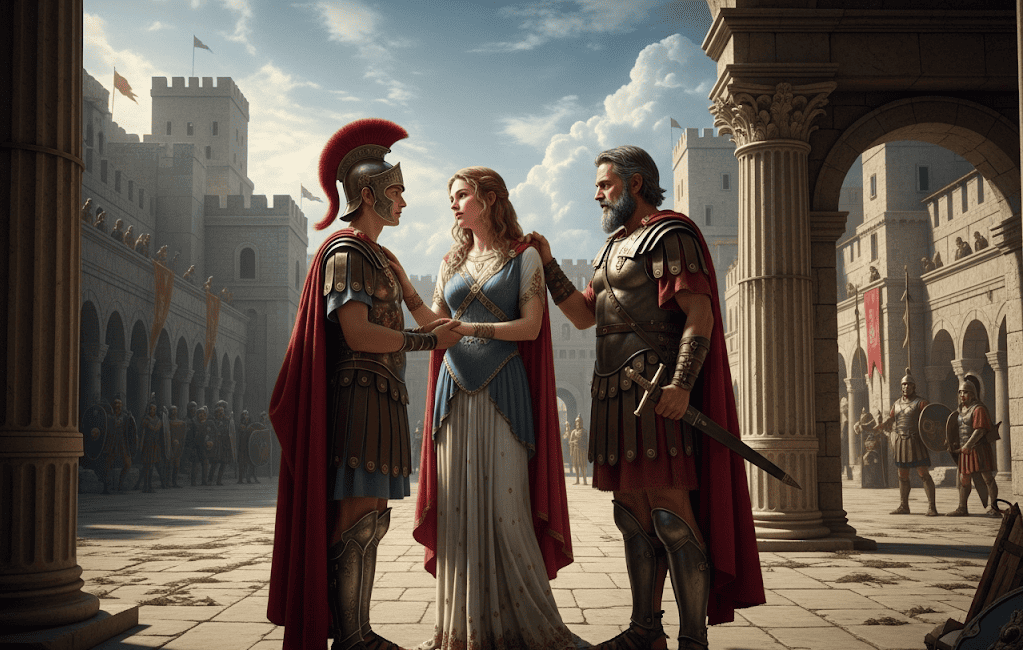
A simple love story is nice, but mythology thrived on tension. Add a third person to the mix, and suddenly you have betrayal, jealousy, revenge, and heartbreak — all the elements of a gripping tale.
Take the story of Paris, Helen, and Menelaus. Without that triangle, the Trojan War never would have happened.
Storytellers knew audiences wanted passion and conflict, not just happily-ever-after endings. Love triangles were the perfect recipe for drama that could span generations, kingdoms, and even cosmic battles.
3. Love Triangles Explained Natural Rivalries
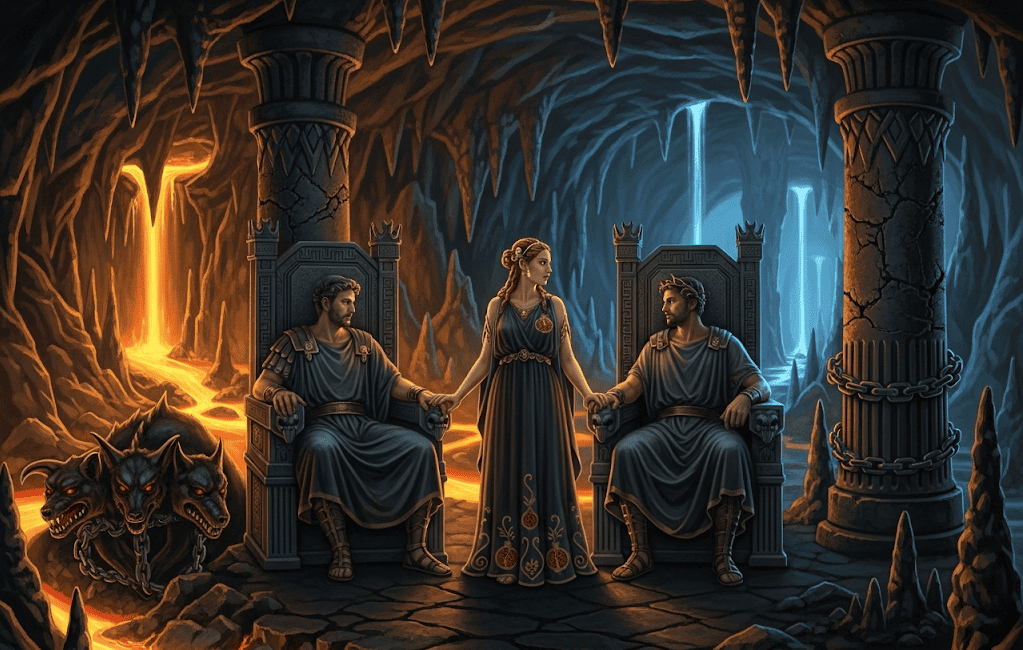
Ancient myths weren’t just about romance. They explained why people fought wars, why nations clashed, or why certain cities hated each other.
Love triangles gave a personal face to political rivalries. For example, when Theseus and Pirithous both wanted Persephone, it wasn’t just a tale of two friends competing for love.
It reflected real tensions between rival heroes and tribes. By turning political struggles into love stories, mythology made history more exciting and relatable for listeners around the fire.
4. Desire Is Messy, Just Like Real Life
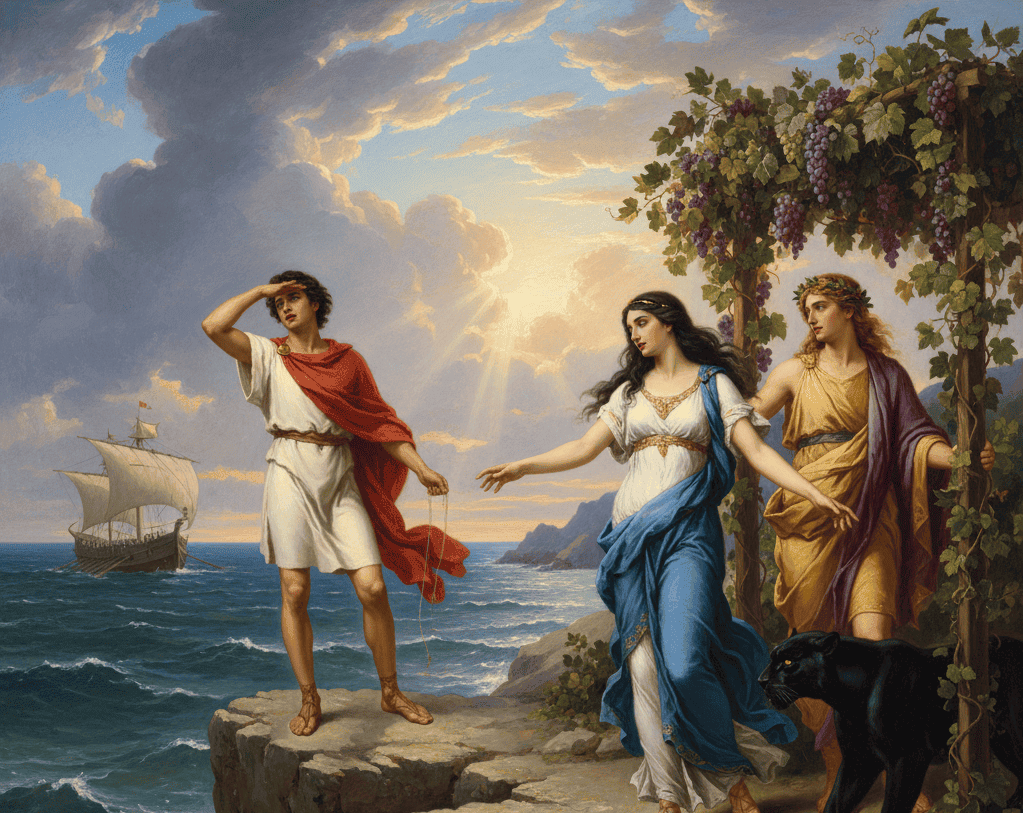
Love triangles weren’t invented just for drama — they mirrored how complicated human emotions can be.
People fall in and out of love, sometimes with more than one person, and sometimes at the worst possible time.
Myths exaggerated this by involving gods, curses, and magical transformations, but the core was familiar: attraction doesn’t always stay neat and tidy.
The tale of Ariadne, Theseus, and Dionysus is a perfect example. Abandoned by one man, Ariadne was swept up by another. Messy, yes. Relatable? Absolutely.
5. Jealousy Was a Powerful Theme
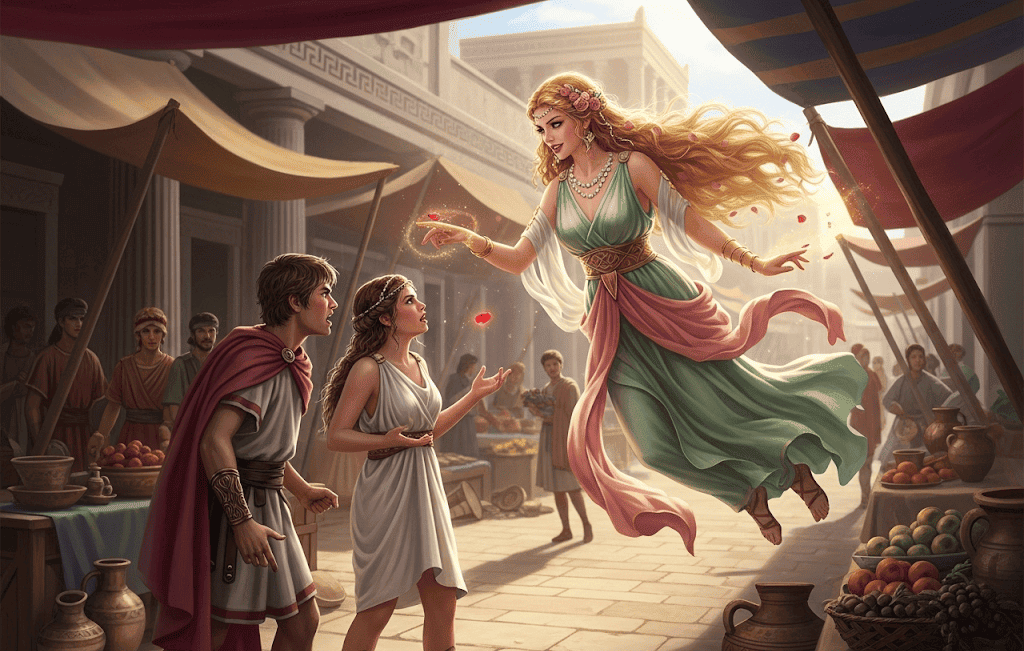
Jealousy is one of the strongest emotions, and mythology used it constantly. Jealous rivals often drove the story forward, whether it was Hera punishing Zeus’s lovers or Aphrodite meddling in mortal affairs.
Love triangles gave jealousy a clear form: two people wanting the same person. It made envy feel personal and intense.
These stories reminded audiences that jealousy can ruin lives, spark wars, and even shape destinies. At the same time, they also showed that jealousy was universal, affecting gods and mortals alike.
6. Love Triangles Highlighted Choice and Consequence
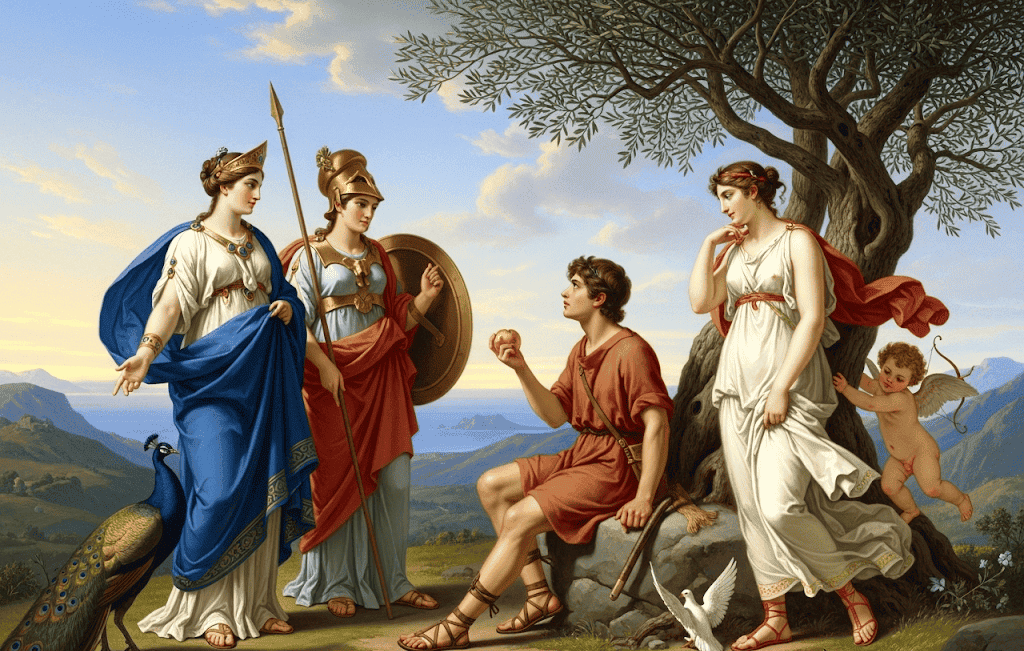
In many myths, the center of the triangle had to choose between two lovers. Their decision often shaped the rest of the story.
Think of Paris choosing Aphrodite over Hera and Athena in the Judgment of Paris. His choice didn’t just decide who he would love; it launched the Trojan War because Aphrodite bribed him with Helen.
Love triangles weren’t only about passion. They were about decisions and the weight those decisions carried. Ancient audiences loved watching how one choice in love could ripple out into history.
7. They Reflected Cultural Views on Marriage and Fidelity
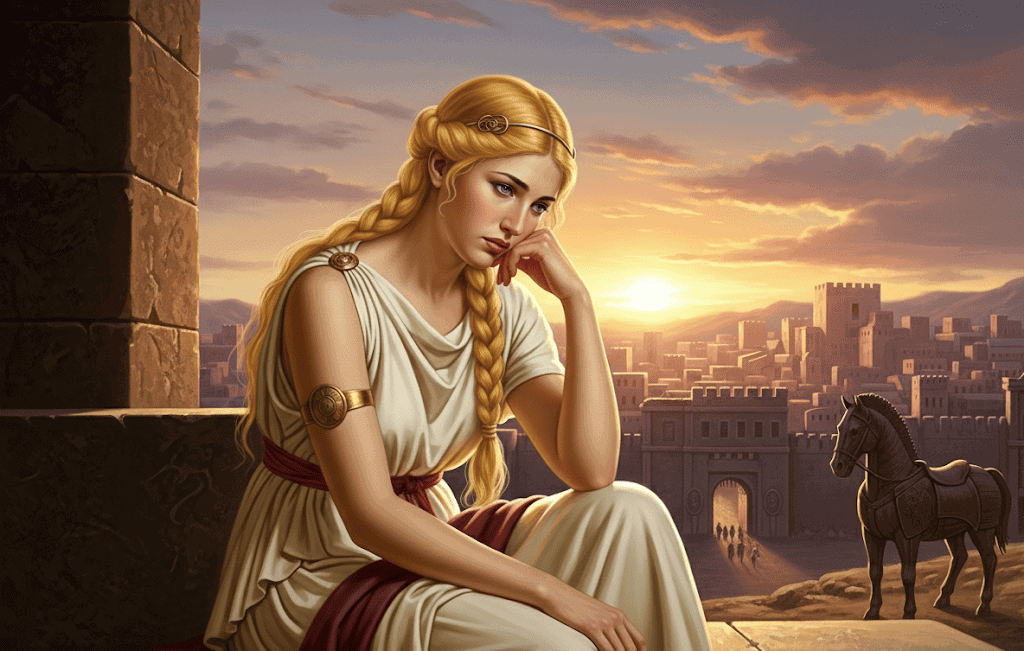
In ancient societies, marriage wasn’t always about love. It was about alliances, family honor, and power. Love triangles in myths reflected the clash between passion and duty.
Characters like Helen were caught between arranged marriages and irresistible attraction, embodying the tension many people felt in real life.
By weaving love triangles into myths, storytellers explored questions like: Should you follow your heart or your obligations?
What happens when desire collides with tradition? The triangles gave audiences a safe way to explore issues that hit close to home.
8. Love Triangles Created Legendary Heroes
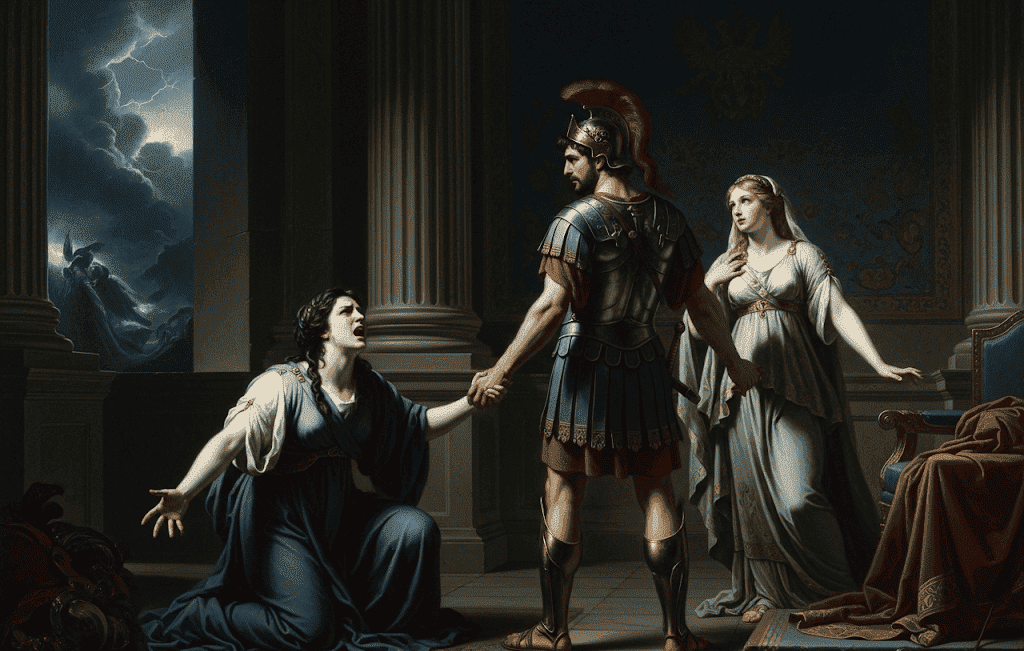
Sometimes, love triangles were the spark that set heroes on their greatest journeys. Jason wouldn’t have found the Golden Fleece without Medea’s love — but his later betrayal created one of mythology’s darkest triangles.
Heracles, too, was shaped by jealousy and rivalry in his relationships. These complicated romances gave depth to heroes, showing them as flawed, passionate, and sometimes foolish.
Instead of being perfect warriors, they were humanized by the chaos of love. And audiences loved watching heroes struggle with the same messy feelings they did.
9. Love Triangles Were a Warning

Not all triangles were glamorous. Many served as cautionary tales about what happens when passion spirals out of control.
Stories like Phaedra, Theseus, and Hippolytus end in tragedy, showing the destructive side of unchecked desire.
By weaving warnings into love triangles, myths taught lessons about loyalty, boundaries, and temptation.
They reminded people that while attraction is natural, jealousy and betrayal can destroy families, kingdoms, and lives.
The drama wasn’t just for entertainment — it carried moral weight that resonated with listeners.
10. Because Audiences Loved Them

At the end of the day, love triangles were popular simply because they were entertaining. Ancient audiences weren’t so different from modern ones.
They loved stories of forbidden love, scandal, betrayal, and revenge. Love triangles delivered all of that in one neat package.
Whether it was gods fighting over mortals, mortals caught between divine rivals, or heroes making disastrous choices, these stories had everything: passion, conflict, and unforgettable twists.
The fact that we still obsess over love triangles in books and movies today proves just how timeless the theme really is.

I always felt a strong connection to the Divine since my birth. As an author and mentor, my mission is to help others find love, happiness, and inner strength in the darkest of times.

